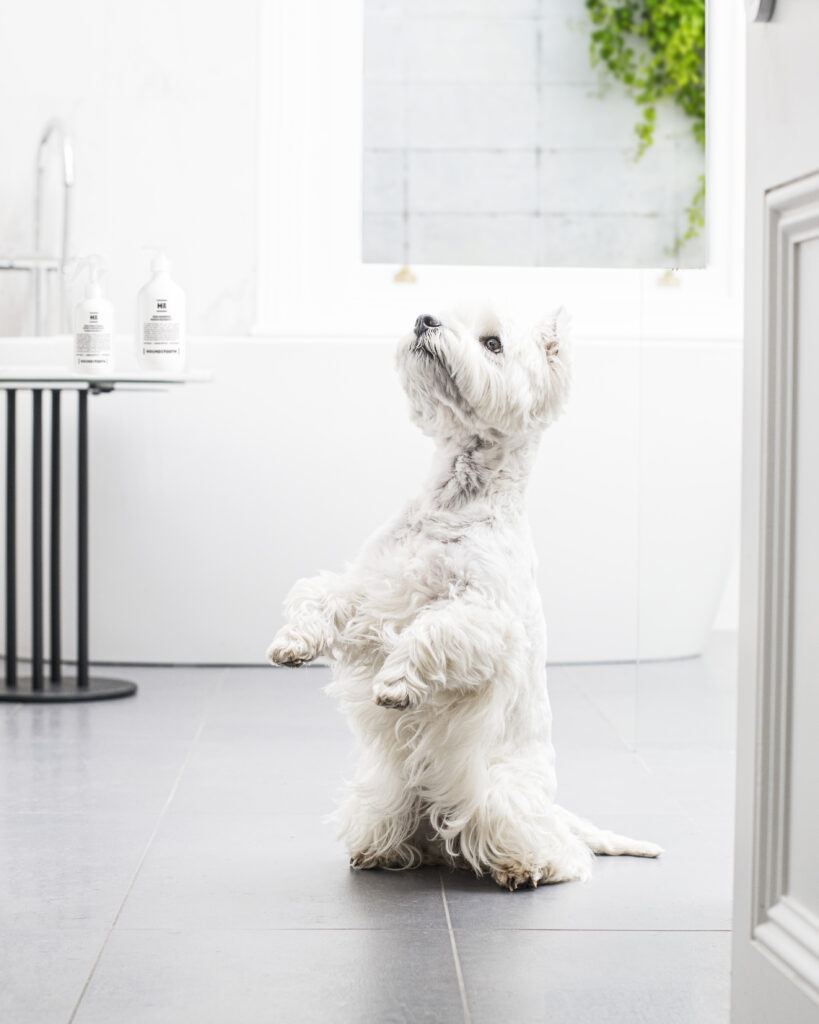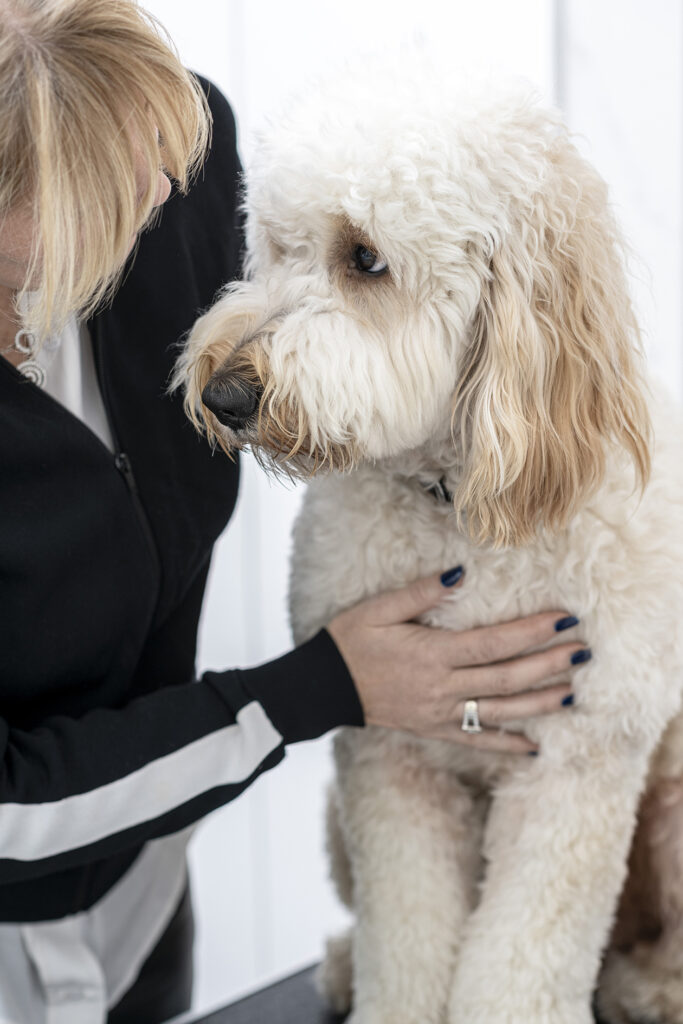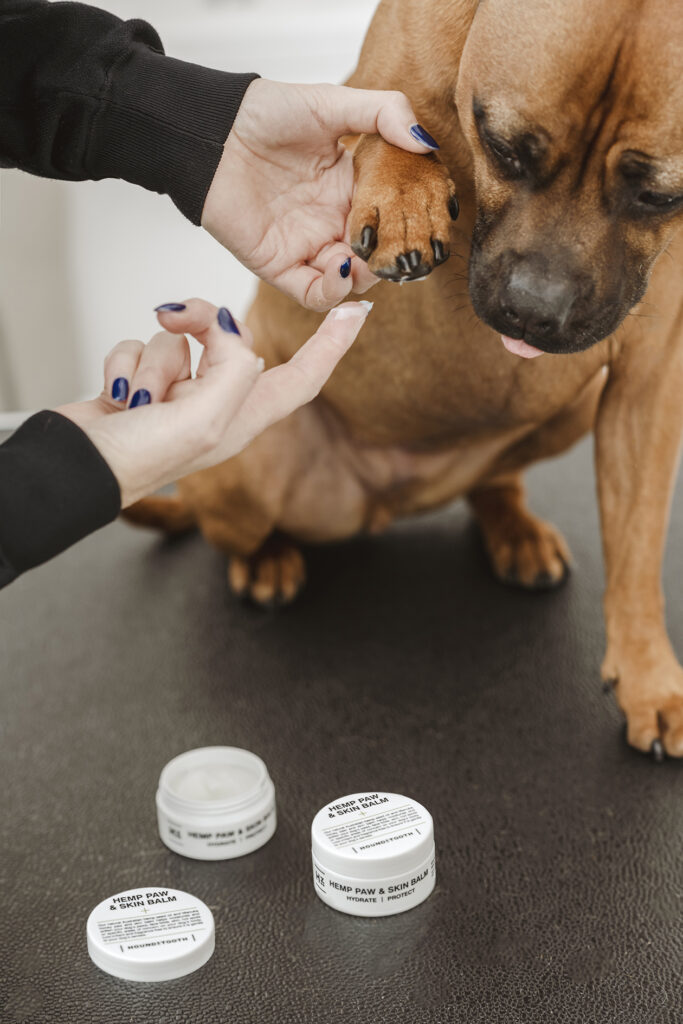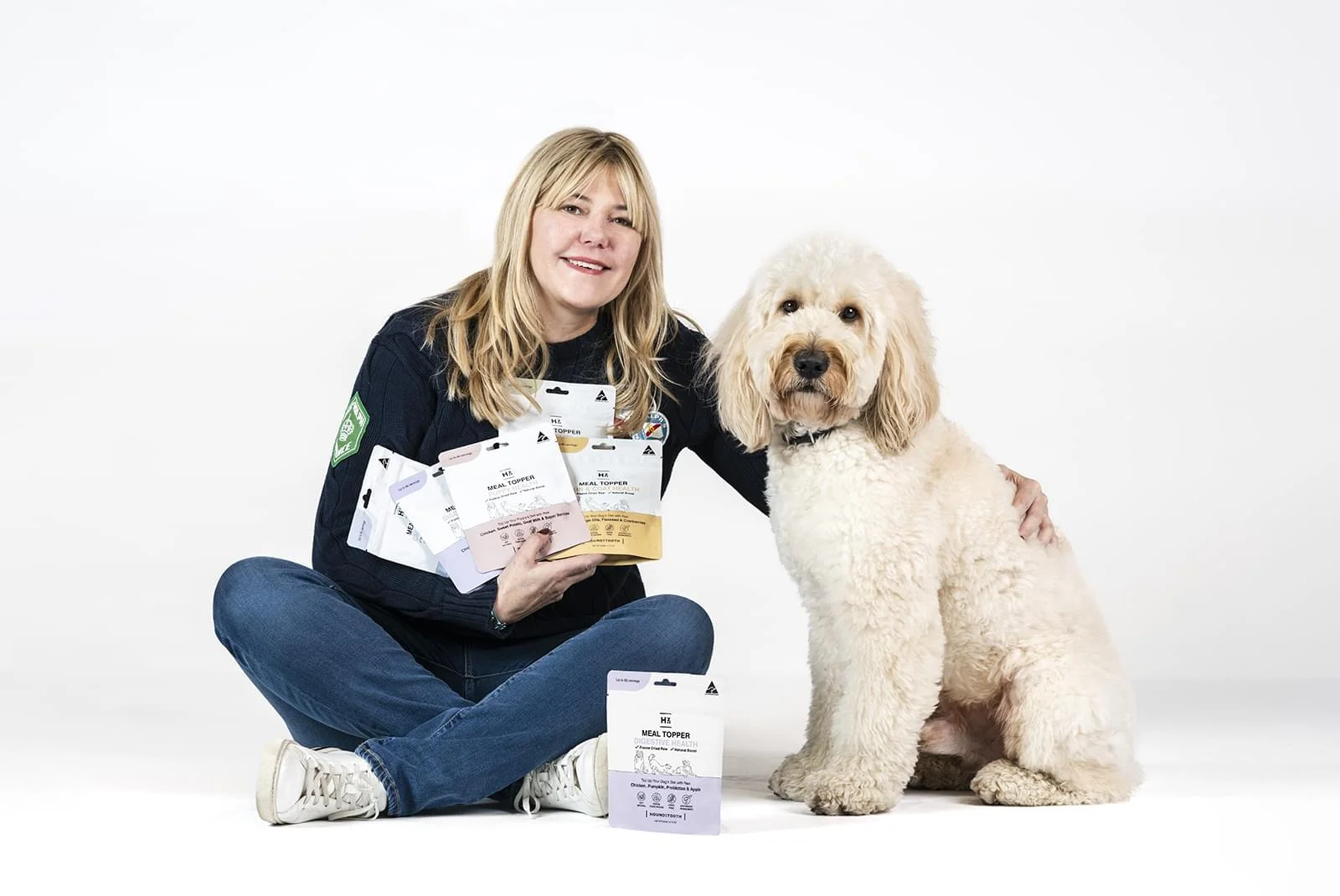Keep Your Dog Looking and Feeling Their Best This Winter

As the cooler weather sets in, it’s important to adjust your dog’s grooming routine to suit the season. At Houndztooth, we believe good grooming is not just about looking great — it’s essential for your dog’s comfort and wellbeing too.
Our Founder and Natural Animal Nutritionist, Rachael, shares her top dog grooming tips for the winter to help keep your dog’s coat healthy, their skin nourished, and their paws protected through the chilly months.
1. Don’t Skip the Bath
Even though it’s cold, your dog still needs regular baths in winter. Use warm water and make sure to dry them thoroughly afterwards to prevent chills. A naturally nourishing shampoo like our Stella’s Blend No.2 Shampoo is gentle on the skin and supports a healthy, hydrated coat.
“Bathing is still important during the colder months—you just want to make sure your dog stays warm and is completely dry afterwards.“
2. Choose the Right Shampoo
Winter air can dry out your dog’s skin, making it more prone to flakiness and irritation. Choosing a natural, moisture-rich shampoo helps protect their skin barrier. Our grooming range is made with Australian botanicals that gently cleanse and hydrate without harsh chemicals.
3. Don’t Over-Bathe
While hygiene is essential, too many baths in winter can strip natural oils and lead to dry, itchy skin. Stick to a bath every 4–6 weeks, or as needed, depending on your dog’s activity level.
If your dog gets a little dirty and smelly in between baths, a conditioning spray or natural deodoriser can help keep them fresh without over-cleansing. Our Hugo’s Blend No.1 Coat Conditioning Spray & Deodoriser is perfect for keeping your dog smelling fresh while conditioning the coat with natural essential oils.

4. Brush More Often
Longer winter coats can easily become tangled or matted without regular brushing. Brushing also helps distribute natural oils and keeps the skin healthy. Aim for several times a week for longer-coated breeds or those with undercoats.
5. Keep an Eye on Paws

Cold, damp footpaths and icy surfaces can take a toll on your dog’s paws. After walks, check for signs of dryness or irritation and dry their feet thoroughly. Applying a natural balm can help keep paw pads soft and protected.
“Paws are often overlooked in winter, but they need extra care — especially if your dog is walking on cold or rough surfaces.“
6. Towel-Dry After Walks
When your dog comes home wet from a walk, give them a quick towel-dry to help them stay warm and avoid that damp dog smell lingering indoors.
7. Keep Up the Grooming Routine
It might be tempting to skip grooming appointments in winter, but regular clipping and trimming help maintain coat health and prevent matting. Some breeds grow thick winter coats that need regular maintenance.
At Houndztooth, we believe grooming is an essential part of your dog’s wellbeing. With these practical and professional dog grooming tips and tricks from our Founder and Natural Animal Nutritionist, Rachael, you can keep your dog feeling fresh, healthy, and comfortable all winter long.
Explore our full range of natural grooming products. If you’re not sure which fog grooming products you need, get in touch with our team, and we’d be happy to help you find the right products.

